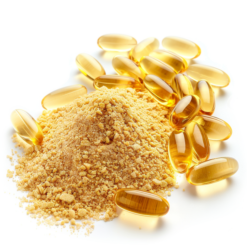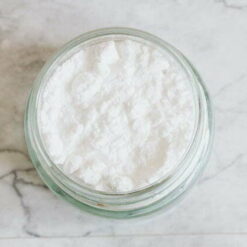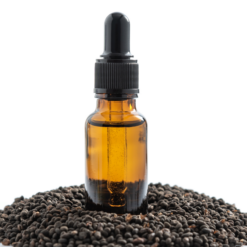This vitamin C formula is very stable and is perfect for sensitive skin – it does a great job with hyperpigmentation.
Ascorbyl tetraisopalmitate comes in the form of a yellow oil that penetrates the deep layers of the epidermis.
The oil is very efficient and just a few drops added to daily cosmetics, creams or masks can increase their effectiveness visibly.
Ascorbyl tetraisopalmitate – properties
Ascorbyl tetraisopalmitate is a highly stable form of vitamin C and is considered an analog of L-ascorbic acid.
Enzymes in the skin convert this form of vitamin C into pure vitamin C, known as ascorbic acid.
Unlike pure vitamin C (ascorbic acid), ascorbyl tetraisopalmitate is fat-soluble.
As such, it penetrates deep into the skin and works together with Vitamin E (tocopherol), which is naturally present in the skin or in skin care products, targeting the skin’s essential support system through a different route than water-soluble ascorbic acid.
Some scientists say ascorbyl tetraisopalmitate has a higher affinity for the skin because the fatty acids in it facilitate penetration.
It combines well with other forms of vitamin C, vitamin E i retinol for increased efficacy and anti-aging benefits.
Ascorbyl tetraisopalmitate – uses
If the goal is to combat hyperpigmentation, studies show that 5% or more is needed for optimal results.
It is most effective when formulated at pH 6 or lower and can be used with other blemish-reducing ingredients, such as niacinamide and licorice root, which have been shown to provide synergistic results.
In fact, a 30% concentration of Ascorbyl Tetraisopalmitate used with other blemish-reducing ingredients has been shown to improve stubborn moles, even on melasma-prone skin. Ascorbyl tetraisopalmitate has a slightly oily consistency and can have a colorless to pale yellow appearance.
It can be used in water-based formulations, but must be combined with silicones or oils for ideal bioavailability.









